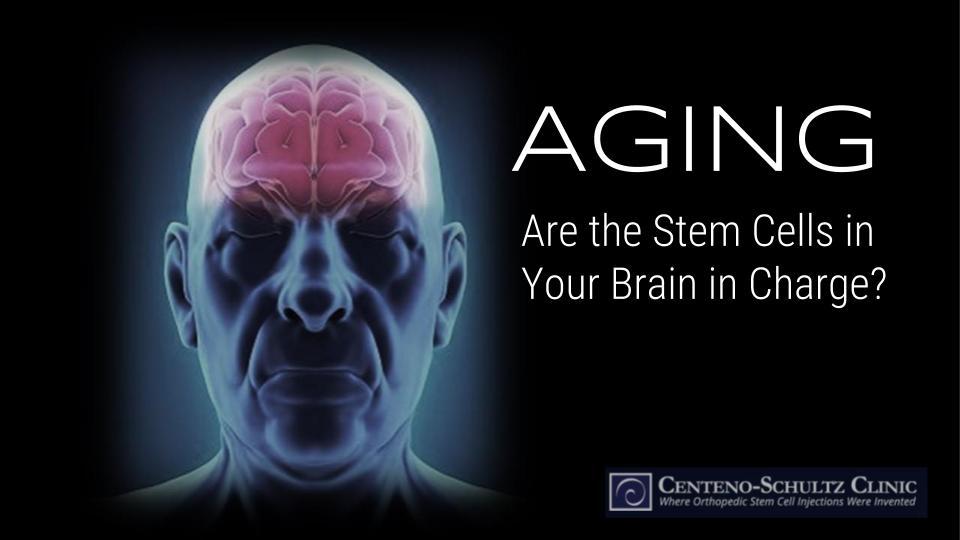Can stem cells help science find the key to slow aging? And does it have anything to do with the brain?
The common phrase age is just a state of mind may be a clever way of figuratively saying we’re only as old as we think or feel, but it may be more literal than we realized. The hypothalamus in the brain has been associated, at least in part, with aging, and it seems the answer to how exactly lies in the hypothalamic stem cells and their release of exosomes. Let’s review.
Exosome Release by Stem Cells in the Hypothalamus May Slow Aging
The purpose of one study was to examine how the hypothalamus in the brain may affect aging. The study consisted of two parts. In the first part, using mice, researchers targeted and destroyed hypothalamic stem cells that express two specific aging-related genes: Sox2 and Bmi1. This resulted in both accelerated aging and an earlier death. In the second part of the study, researchers injected genetically engineered (to assure cell survival) hypothalamic stem cells into middle-aged mice. This resulted in slowed aging and a longer lifespan. Researchers concluded that it was the release of exosomes (miRNAs), at least in part, by the hypothalamic stem cells that resulted in the slowed aging process in the mice.
Does this mean we’re on the brink of being able to slow aging with a quick visit to the clinic to have exosome-secreting hypothalamic stem cells (those that express Sox2 and Bmi1) injected into our brain? Not so fast. This is only one study, and more studies will need to be done to determine a human response, but it’s a fascinating jumping-off point for yet another quest for that ever elusive Fountain of Youth.
Science’s Constant Search for the Answer to Slow Aging
Science is always desperately seeking solutions to slow aging, but there are so many factors at play with aging (e.g., disease, genetics, disability, injury, lifestyle, exercise, etc.), it’s unlikely there could ever be a one-size-fits-all answer to aging. One 45-year-old man, for example, may have the appearance and health of a 30-year-old man, while another 45-year-old man may have the appearance and health of a 60-year-old man. The latter may already have a full head of gray hair and a face full of wrinkles, while the former may have smooth skin and not a single gray hair. Both, however, may be equally inclined to wanting to slow their aging process, and science has provided a few promising ideas in recent years.
Excessive whole-body inflammation, for example, is one area science has focused on as we age as it is known to be a key player in aging. Senescent cells are cells that can no longer divide, and this occurs as we age. Senescent cells, are still active however, and they release chemicals that cause inflammation. In one study, researchers delivered hydrogen sulfide to the mitochondria of the senescent cells, and the cells began dividing again. Their hope, however, is to find a way to address growing old by actually eliminating senescent cells.
Our telomeres, which make up the tips of our chromosomes and protect our genetic information, actually shorten with aging. One study found that exercise can lengthen our telomeres, slowing aging in the process. We’ve also seen that our mitochondria, those powerhouse organelles inside our cells (or our cellular batteries), wear out as we age. Another study found that by recharging the mitochondria, we may be able to slow aging. The next step would be to determine how exactly to accomplish this mitochondria recharge.
The quest to slow aging is an ongoing one and one that is likely to be never-ending as once we discover one way to slow it, we’ll only want to discover ways to slow it even more or stop it all together. So is age literally all in our head? Maybe not all, but science is certainly suggesting age is at least partially in our head, specifically in those exosome-secreting hypothalamic stem cells.
